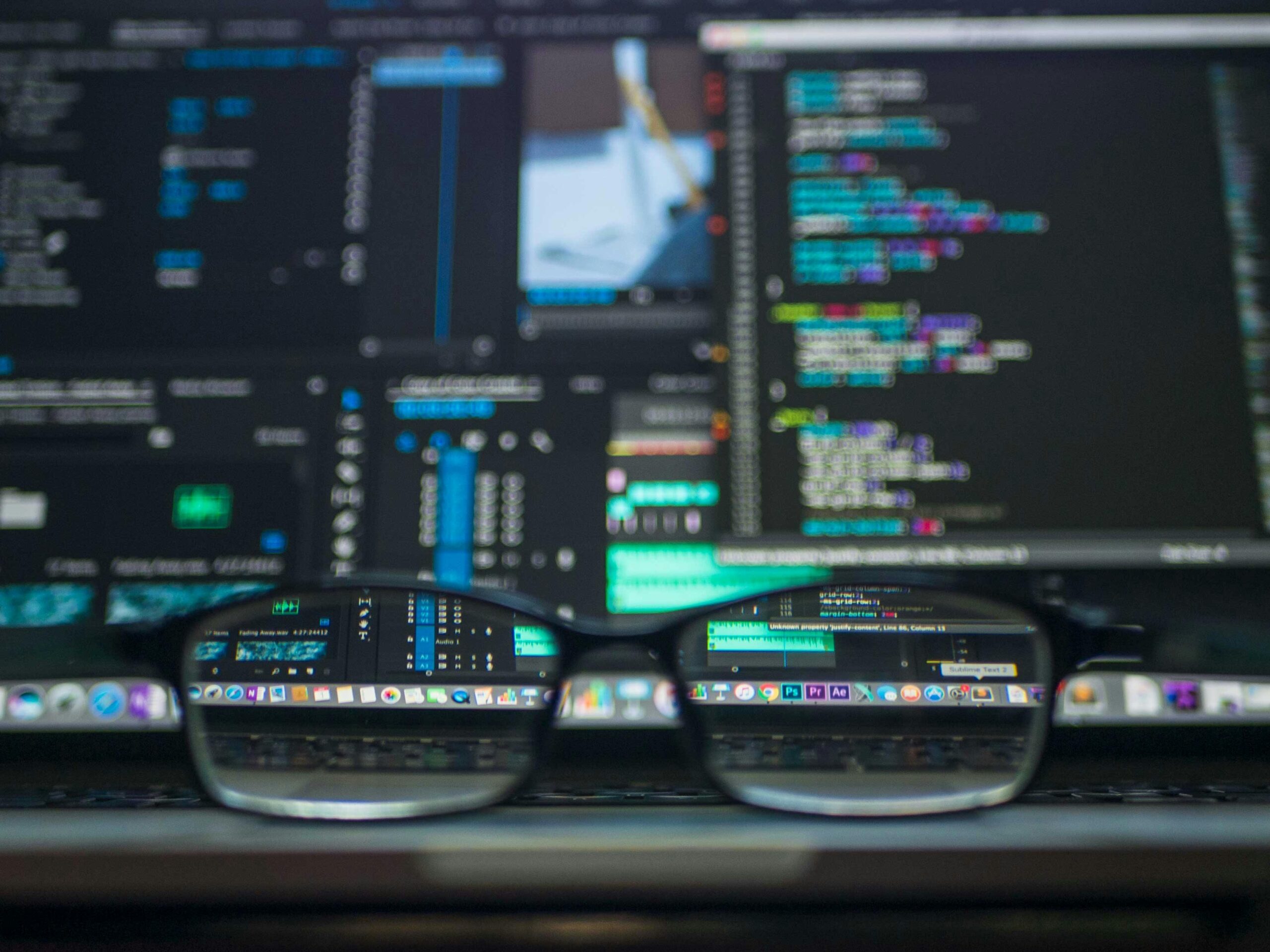How to Backtest your Trading Strategy Using AI
In the ever-evolving world of trading, artificial intelligence (AI) is becoming an increasingly powerful tool, including in the realm of backtesting. While backtesting has long been a key step in developing and validating trading strategies, AI introduces new levels of speed, scale, and analytical depth. However, like any tool, it comes with its strengths, limitations, and proper contexts for use.
Types of Backtesting: Manual, Automated, and AI-Assisted
Before diving into how AI fits into the picture, it’s important to understand the key differences between the three main approaches to backtesting:
Manual Backtesting
This method involves going through historical charts manually, candle by candle, and logging hypothetical trades. Tools like TradingView’s bar replay feature, Ninja Trader or basic charting platforms help with this process. While time-consuming, manual backtesting is useful for traders that don’t code and can be valuable for beginners.
Automated Backtesting
In automated backtesting, code simulates using historical data. This is faster and more scalable than manual testing, but it requires technical knowledge. Platforms like MetaTrader (MQL), FX Replay, TradingView (Pine Script), or Python libraries like Backtrader and Zipline are commonly used.
AI-Powered Backtesting
AI brings a different dimension. It can identify non-obvious patterns, simulate various market regimes, and more. Rather than simply executing rules, AI systems learn from data and adjust based on patterns, often using machine learning techniques like neural networks, genetic algorithms, or reinforcement learning. It’s useful when exploring high-dimensional data or building adaptive models.
How AI Can Assist in Backtesting
AI enhances instead of replacing traditional methods. Here’s how:
- Data Pattern Recognition: AI models can sift through large datasets and detect patterns that human eyes or rule-based systems may miss , revealing unique opportunities or risks.
- Optimization: AI can test and refine input parameters, such as moving average lengths or entry conditions, far faster than manual tweaking.
- Anomaly Detection: AI can flag rare events, such as flash crashes or extreme volatility, that might skew a backtest. These anomalies can then be isolated, removed, or reviewed.
- Scenario Simulation: AI can simulate various market conditions like high inflation or low volatility to assess how your strategy might perform under different macro or technical contexts.
Using Chatbots Like ChatGPT for Backtesting
A growing number of traders are turning to chatbot-based AI like ChatGPT to assist in the backtesting process, especially those who aren’t coders.
Here are a few common use cases:
- Code Generation: Traders describe what they want in plain language, and tools like ChatGPT can generate Python scripts using libraries like Backtrader, or Pine Script code for TradingView.
- Code Review: Traders use AI to debug, troubleshoot, or optimize existing scripts.
- Hypothetical Testing: ChatGPT can help simulate logic over simplified datasets or run pseudo-backtests in a conversational format.
- Educational Use: Beginners can use chatbot AI to understand different scenarios with step-by-step explanations.
While these approaches are more qualitative or experimental compared to full-scale backtests, they’re becoming valuable entry points for non-programmers.
Benefits of AI in Backtesting
| Benefit | Description |
| Speed & Scale | AI can test thousands of configurations in minutes. |
| Adaptability | Machine learning models can adjust to changing market conditions. |
| Wider Exploration | AI explores parameter combinations and logic that humans might not consider. |
Limitations and Risks
Despite the advantages, there are important caveats:
Data Quality Is Critical
AI is only as good as the data it’s trained on. Poor or incomplete data leads to unreliable results.
Overfitting Risks
AI may “learn” patterns that only exist in the past data, performing well in backtests but failing in live trading.
Lack of Interpretability
Some AI models (like deep neural networks) operate as black boxes, making it hard to understand or trust their decisions.
AI Doesn’t Predict the Future
AI detects historical patterns; it cannot foresee unprecedented events or shifts in market behavior.
Popular Tools and Platforms
- Python + AI Libraries: TensorFlow, PyTorch, scikit-learn, integrated with Backtrader, QuantConnect, or Zipline
- Trading Platforms: MetaTrader (via MQL and Python bridges), cTrader Automate + ML integrations
- Cloud Platforms: AWS SageMaker, Google Vertex AI for model training at scale
- No-Code AI Tools: Some drag-and-drop AI platforms now connect to financial data sources
- Chatbots: ChatGPT and similar models help generate scripts, explain logic, or simulate simple tests conversationally
Final Thoughts
AI is not magic, but it is a serious advantage for those who know how to use it wisely. It enables deeper analysis and faster iterations. Ultimately AI, including tools like ChatGPT, can be a great co-pilot, but it does not substitute human thinking.
Disclaimer: This text serves solely as an exploration of AI tools and does not constitute trading advice.






